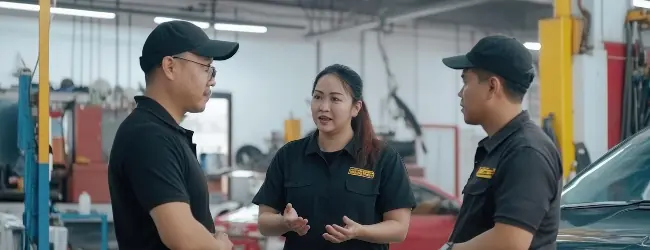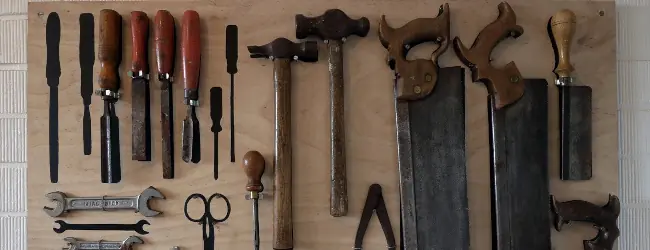Recently, I have explained how to make money and build our business. We consider historical cycles and focus on the opposite area to the mainstream.
It is the same perspective on investment. We buy low and sell high. We enter a market at the bottom of popularity and sell the business at the peak. That is a suitable way for empathic and logical people who are interested in various fields and don’t want to be bound by a single job.
That made me think about how to earn the trust of customers. Let’s talk about it.
Which specific areas should we focus on?
Sometimes, we want to identify which specific areas we focus on when building a business.
We have to differentiate ourselves from large companies. We are individuals with limited resources, equipment, and even skills. Even if we do the same thing as big companies, customers will not choose us.

That is why we want to know where to focus.
One solution is prioritizing the quality of invisible areas over appearance. Although it requires time, it is an efficient way to obtain customer trust. Today, I will explain why.
Two kinds of periods
If you want to keep your business small and have a high profit margin, try prioritizing the quality of invisible areas over appearance. Although it requires time, it is an effective way to earn trust from customers, especially during a confusing era.
There are two kinds of periods, as follows:
- A stable period: since prices are stable, it is easy to predict and plan the future. Scaling up and streamlining a business is an effective way to increase profits. This is the belief of many people.
- A confusing period: since prices fluctuate and the business environment often changes, it is not easy to plan and predict the future. Avoiding rapid business expansion and securing the essential value creatively allows us to maintain the quality of our products. That increases our credibility.
A business during a confusing period
Now is the early stage of a confusing period. Traditional businesses that cannot adapt to change are becoming less trustworthy.
For example, recent sudden inflation from 2020 has worsened the quality of products. Since many companies don’t want to raise product prices, they tend to choose to lower the quality of their products. Restaurants downgraded the quality of ingredients. The electronics manufacturer switched to cheaper materials. The clothing makers switched to an easy sewing method with low strength.
That is why durable goods have become more prone to breaking since 2020. The washing machine made in 2019 would last longer than the current one. The houses built until 2019 are likely to have a longer lifespan than those built afterward.

For now, people are still at the stage where they don’t care so much about those changes. Even if the ingredients deteriorate a little, even if shrinkflation, which means package downsizing, occurs, they still go to the same restaurant and buy the same brand of food in the grocery stores.
However, people are gradually more suspicious.
The more change progresses, the more we lose trust in companies that cannot adapt creatively. They can only lower the quality, reduce the quantity, or raise the price. Large companies tend to be difficult to change due to their rigid business systems. In addition, 80% of traditional business managers are non-logical and poor at handling environmental change.
That makes it advantageous for logical people to enter the traditional industries.
Prioritizing quality over appearance
Ensuring the quality in invisible areas builds trust in us.
Companies targeting the mass market tend to seek immediate solutions. They try to maintain the appearance while deteriorating the quality of hidden parts. They continue to prioritize mass production. They prefer replacing the whole product rather than making it long-lasting and easy to repair. They try to sell quantity rather than improving quality.
That is the tendency of most mass-market businesses, and that causes them to lose customer trust.

That shows us how to earn trust from customers. We can focus on what society lacks.
We secure the quality in invisible areas. Even if it doesn’t appear sophisticated, we pursue fulfilling the essence of the product. We seek a longer lifespan. During a confusing period, people prefer repair to replacement. Customers seek long-term affordability rather than just short-term cheapness. They choose solid functionality over flashy extra value.
When confusion reaches its peak, people desire solid business rather than belonging to innovative industries. That would be the time to sell and quit the business.
Conclusion
That is why prioritizing the quality of invisible areas over appearance can help you build customer trust.
Although it requires time, it is an efficient way to be trusted by customers.
This perspective might show us the specific areas that require our focus.
Thank you for reading this article. I hope to see you in the next one.


